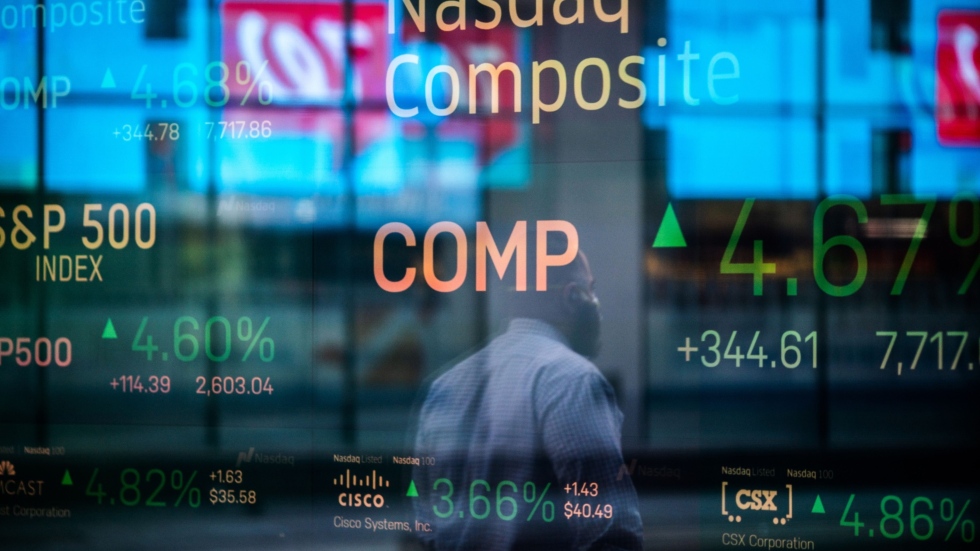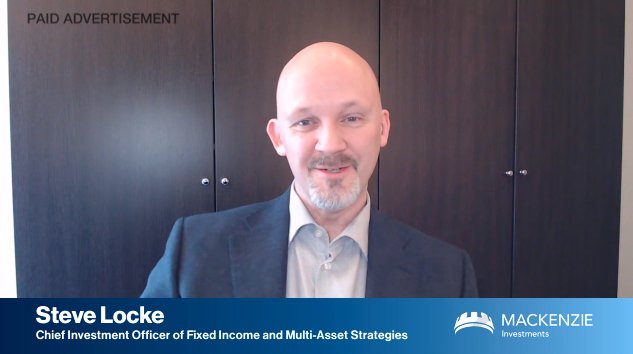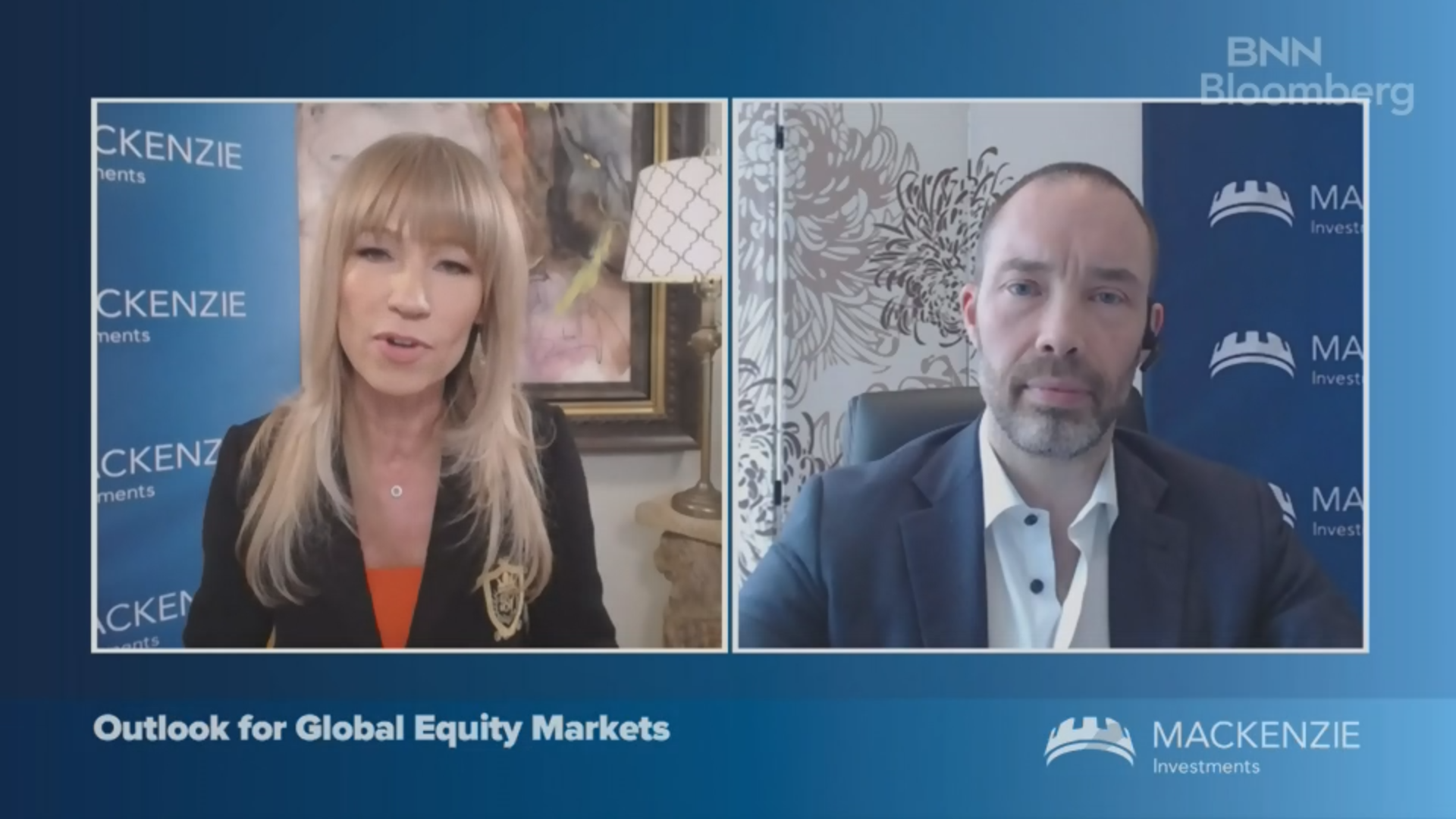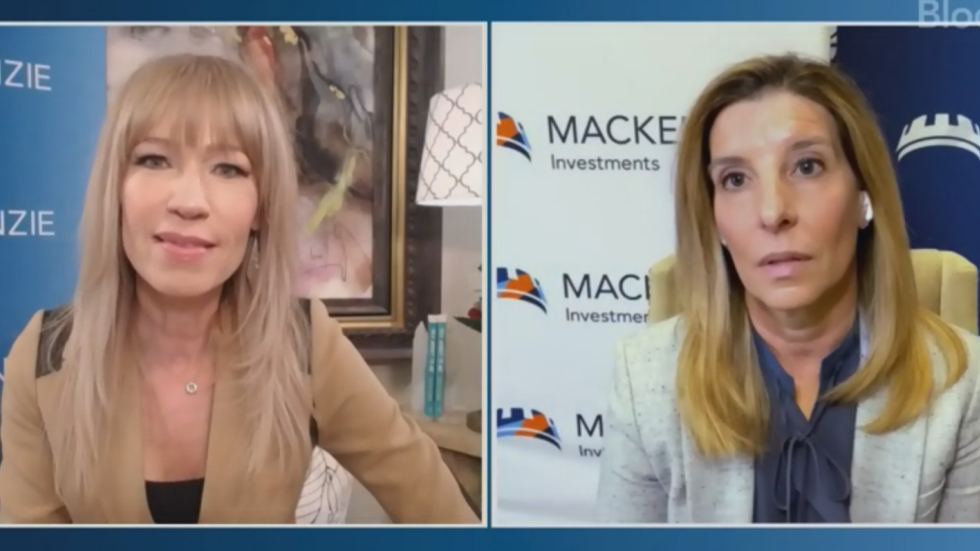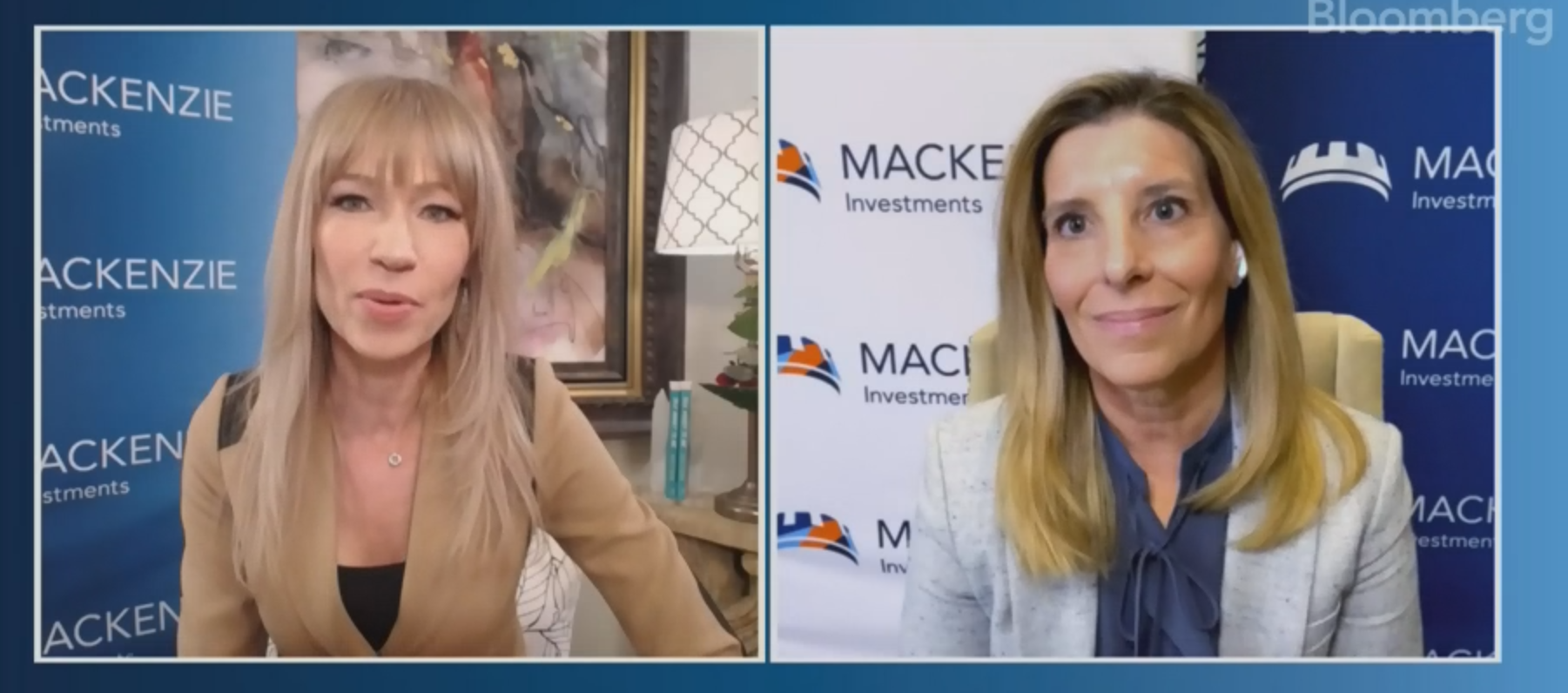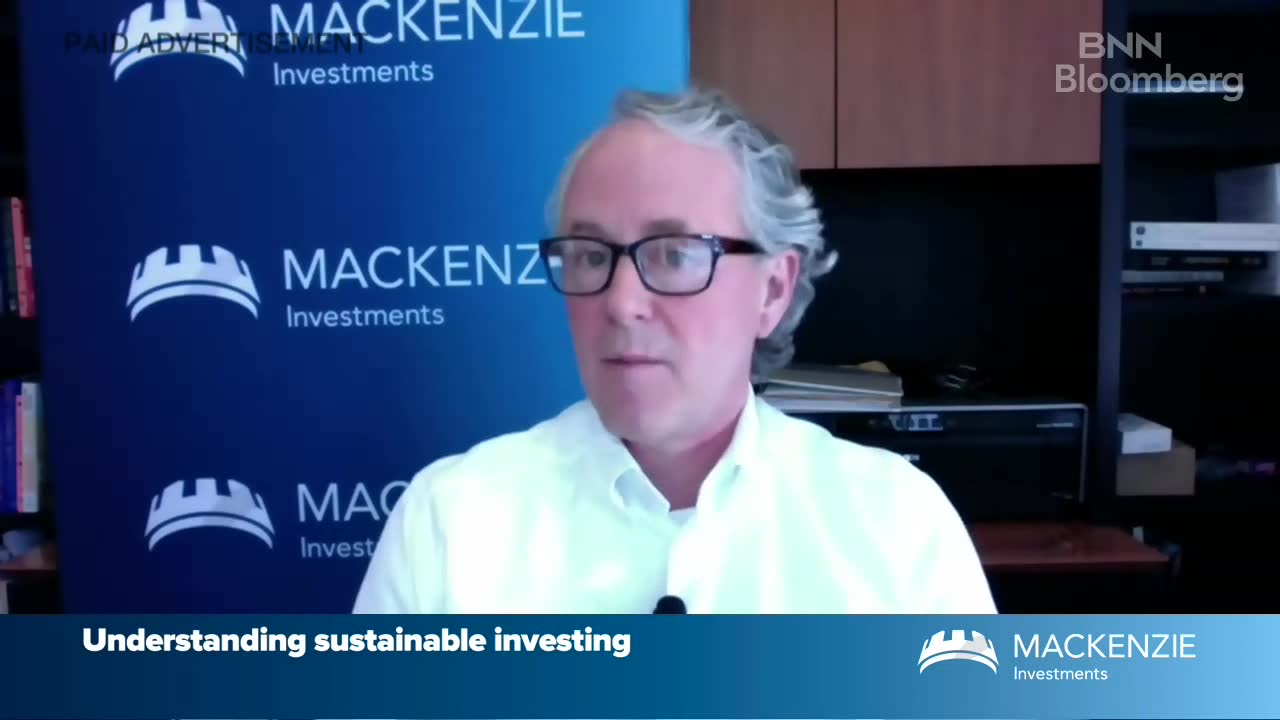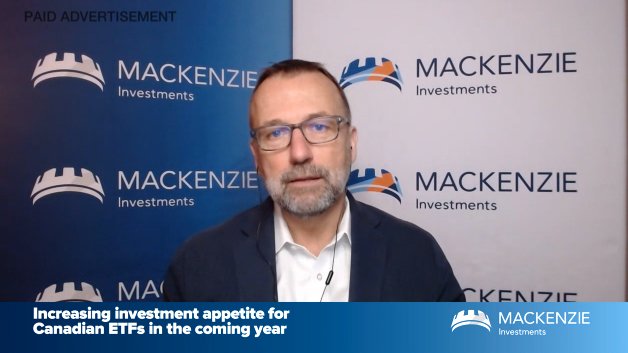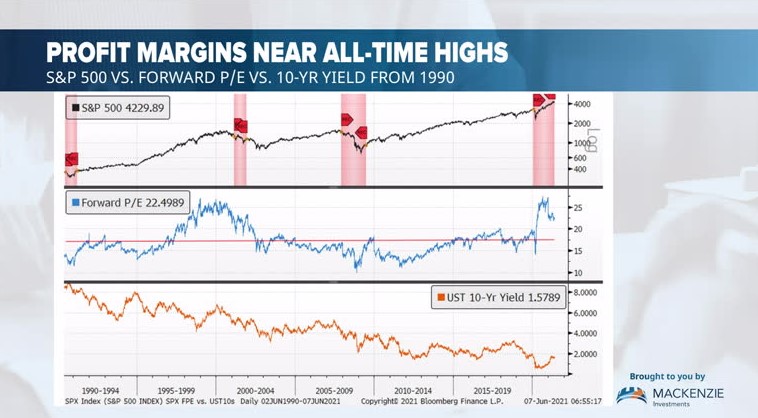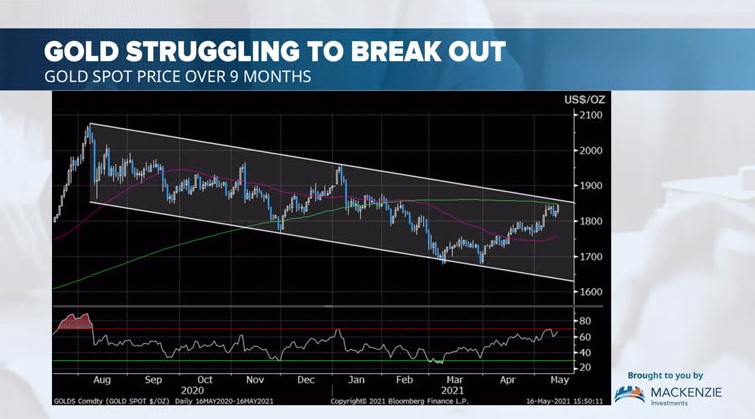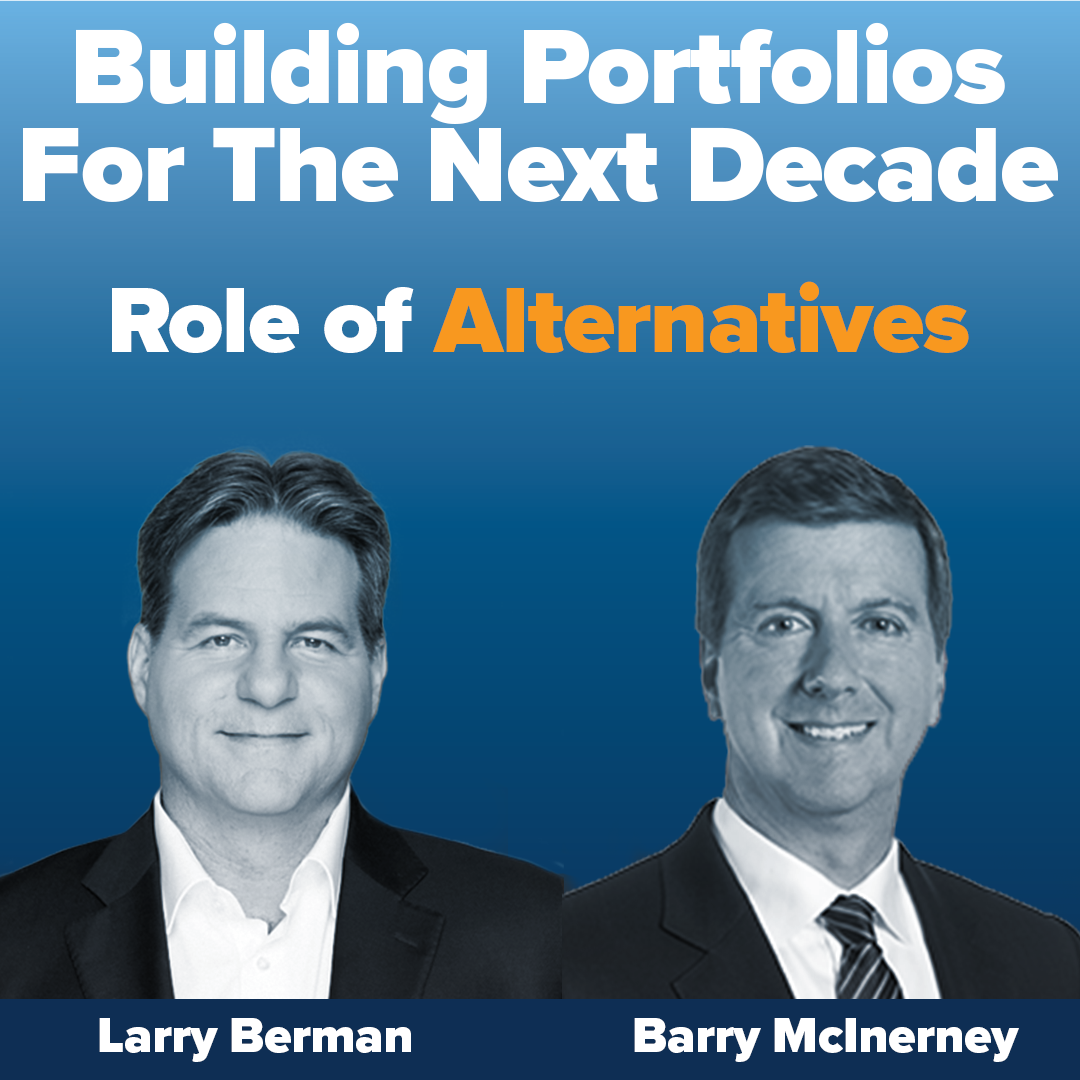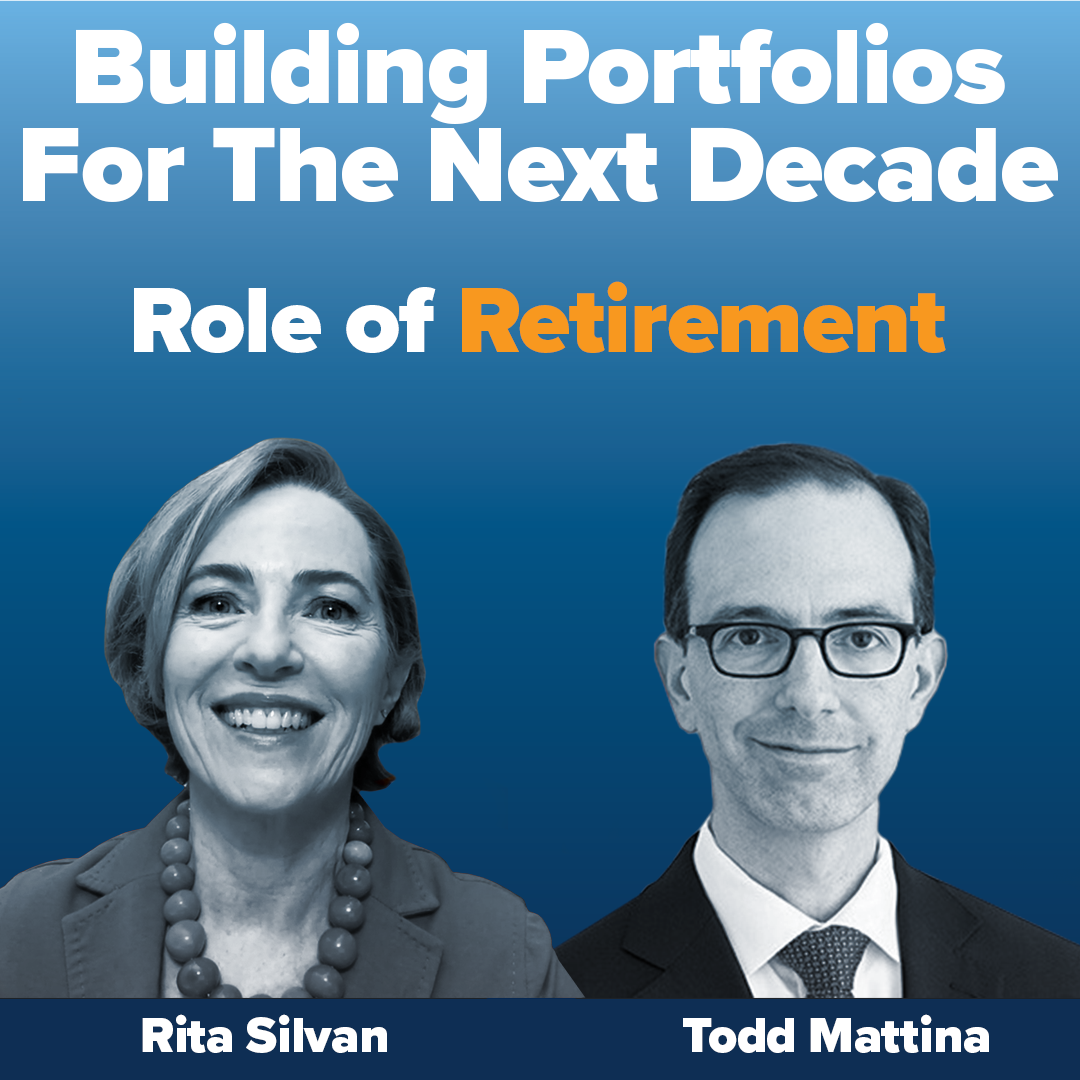Sep 28, 2021
Why Canadian investors should think globally
Presented by:


Ever since the dawn of investing, people have gravitated toward buying companies with headquarters in their home country. “People tend to favour domestic companies simply because they have the products and services they’re most familiar with,” says Katherine Owen, portfolio manager and member of Mackenzie Investments’ Global Equity and Income team.
The habit of reaching for the familiar is not unique to Canada; if anything, Americans are more likely than Canadians to invest only in their home market. But the consequences of that decision differ between the two countries. Choosing to invest only domestically still gives Americans access to 65% of global market capitalization; for Canadians, that number is less than 4%. “Canada represents a very small portion of the opportunities around the world,” says Owen, who helps manage the Mackenzie’s Global Dividend Fund.
To maximize returns and minimize risk, Canadians must think globally.
Expand your investment horizons
One of the biggest reasons why Canadians should invest abroad, is because there aren’t enough companies across all sectors that can be used to build a properly diversified portfolio.
Among the G7 economies, Canada’s stock market is the least broadly representative. The 10 largest companies account for more than a third of the S&P/TSX Composite index. Just three sectors – energy, financials and materials – account for 55% of the index.
These three sectors are highly cyclical, meaning investors with an outsized weighting to Canada will see more volatility than those more widely invested. Secular growth stories and defensive sectors such as technology, consumer discretionary and health care will be under-represented in their portfolios.
“You’re missing out on buying some of the greatest businesses in the world if you’re only looking within Canada”, Owen explains, whether from a growth, value or dividend perspective. Examples of holdings in the Mackenzie Global Dividend Fund, which tries to diversify across investing styles as well as sectors and geographies, include Starbucks, Nike, Sony, Nestle, Microsoft, Taiwan Semiconductor Manufacturing, Roche, Medtronic, Honeywell, Diageo, Aon, and Sherwin Williams.
Having exposure to such a broad universe of stocks gives the fund the ability to capitalize on trends, too. The fund recently bought Coca-Cola, which is enjoying a surge in soft-drink sales at restaurants, cinemas and sporting events to take advantage of the post-pandemic economic reopening worldwide, while also providing a 3% dividend yield to investors, she notes. Crown Castle, which also provides a 3% yield, was purchased over the past year and is one of the leading cell tower operators in the U.S. This is an investment in the continued growth of data consumption, which is expected to accelerate as telecom providers build out their 5G capabilities.
Put your eggs in more baskets
You should consider country-specific risk across your broader financial picture, beyond simply your investment portfolio. “Most people’s assets and income sources are based in Canada and denominated in Canadian dollars,” Owen points out. Consider the possibility that Canada suffers a worse economic downturn than other countries. You don’t want your nest egg to shrink at a time when your job may be at risk and your home value falls.
This isn’t a far-fetched scenario. It took place in the 1990s when a combination of low commodity prices and a government debt pinch saw the Canadian dollar sink to 67¢ US against a backdrop of high unemployment. Meanwhile, the American economy and stock markets were booming. Many Canadian households had to scale back their lifestyles as a result.
Try an already diversified fund
So how can investors increase their global exposure? The easiest way is to purchase a global equity mutual fund that has a portfolio manager choosing the best stocks from among the thousands of publicly traded issues around the world. If you want to be a little more hands on, consider holding region-specific funds for, say, North America, Europe and the Far East and emerging markets, and then take care to rebalance your holdings every year or so to keep your planned investment mix intact.
Investment advisors will recommend various allocations based on your goals and circumstances, but virtually all agree Canadian stocks should not make up more than a third of the equity component of your portfolio, with many calling for much less than that.
There are ways to make international investing better suit your individual investing needs and priorities, too. In addition to the Mackenzie Global Dividend Fund, Owen is helping to steer a new offering called the Mackenzie Tax-Managed Global Equity Fund that specifically addresses the tax challenges faced by Canadians, who face higher marginal income tax rates than their peers in other countries. The fund offers access to a similarly broad universe of stocks as the Mackenzie Global Dividend Fund, but incorporates a tax overlay strategy that aims to create greater tax efficiency if held outside a registered account, such as an RRSP or TFSA.
All of the funds Owen helps manage are style agnostic and take a bottom-up approach, which means she looks for fundamental strength in individual securities rather than simply trying to balance exposure to different regions. The portfolios are structured in a way that seeks to perform reasonably regardless of whether the market prefers growth or value stocks in any given period. Instead, the team is focused on buying high quality companies that they believe are sensibly valued.
“They’re high-quality companies that we believe have durable business models, high return on invested capital and strong balance sheets,” she says of the firms they invest in. But having such a large number of stocks to choose from in the first place makes a world of difference.


